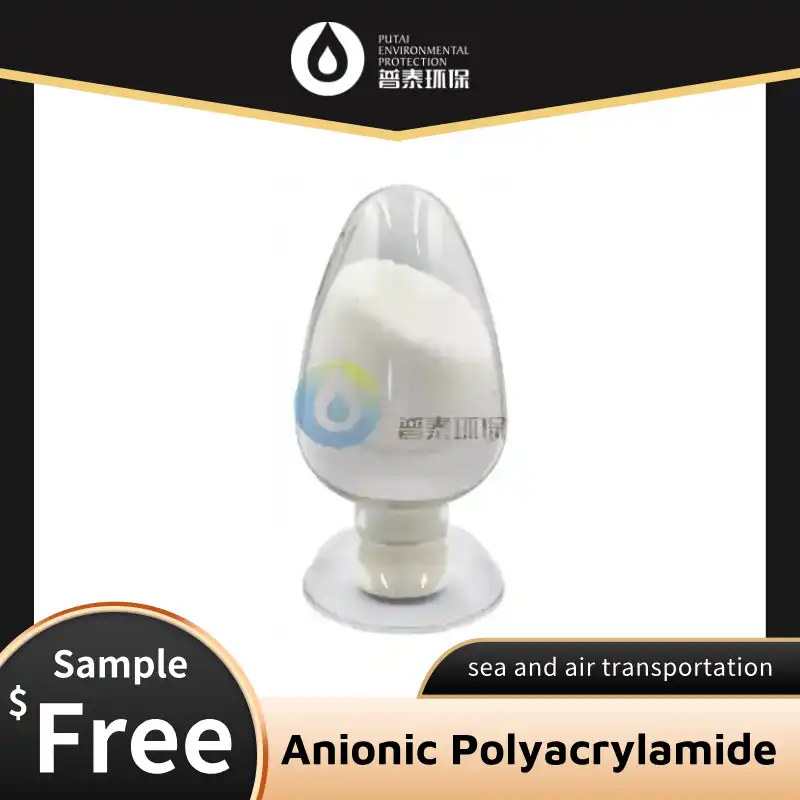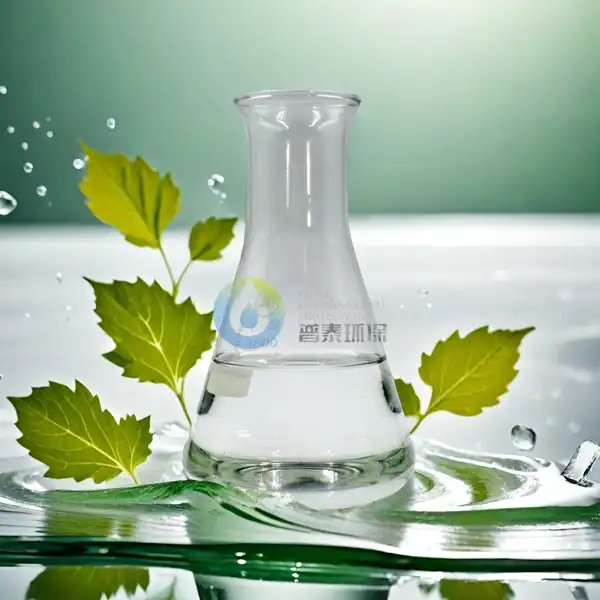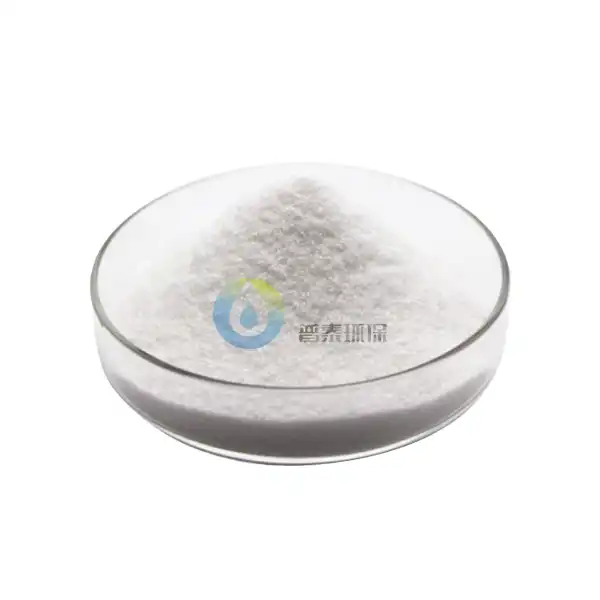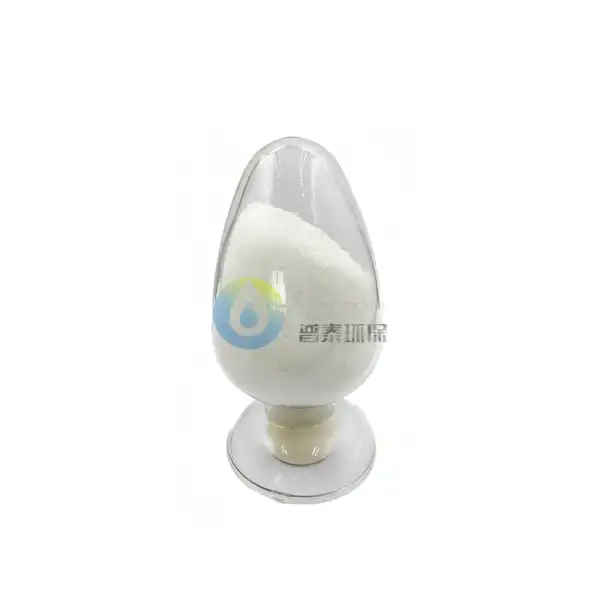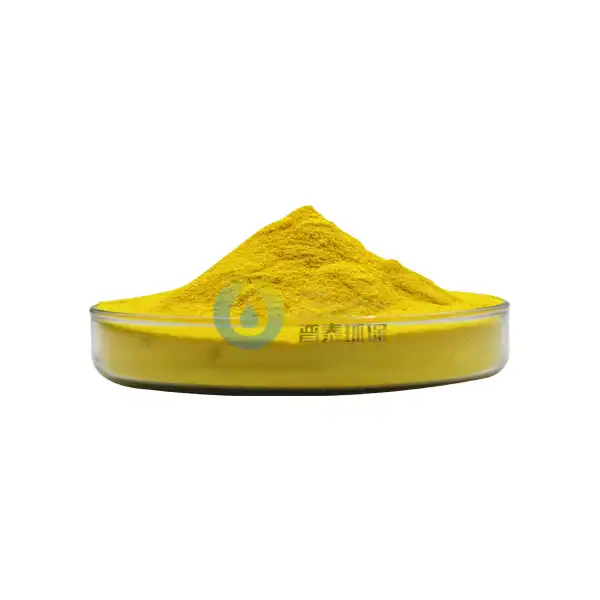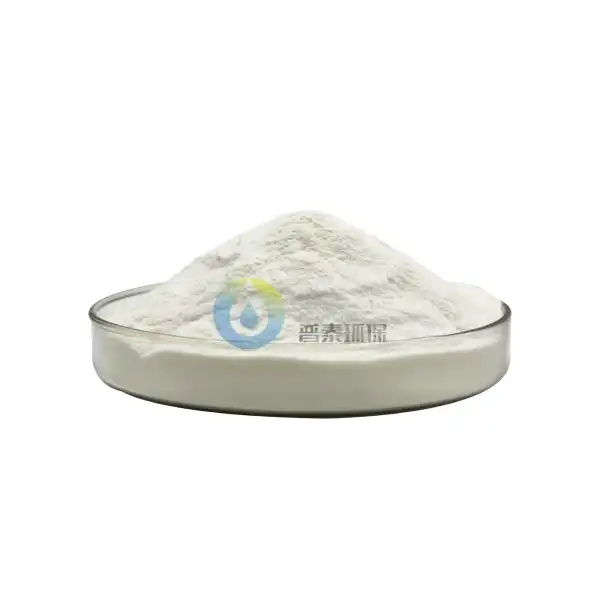What are the Main Applications of Food Grade Citric Acid CAS 77-92-9 in the Food Industry?
Food Grade Citric Acid (CAS 77-92-9) is a remarkable compound that plays a crucial role in the modern food industry. This versatile organic acid, naturally found in citrus fruits but often produced through advanced fermentation processes, has become an indispensable ingredient in food production, preservation, and enhancement. In this comprehensive exploration, we will delve into the multifaceted applications of this essential food-grade chemical, uncovering its significance across various aspects of food manufacturing and culinary innovation.
How Does Food Grade Citric Acid Enhance Food Preservation and Safety?
Why is Citric Acid a Critical Preservative in Food Processing?
Food Grade Citric Acid CAS 77-92-9 serves as a powerful preservative that extends the shelf life of numerous food products. Its unique chemical properties enable it to inhibit microbial growth effectively, creating an inhospitable environment for bacteria and fungi. Food manufacturers rely on this compound to prevent spoilage and maintain product quality over extended periods. The acid's ability to lower pH levels disrupts cellular processes of potential pathogens, making it an essential tool in ensuring food safety. Industrial applications range from protecting dairy products and canned goods to preventing oxidation in processed meats and beverages. Researchers have consistently demonstrated that even small concentrations of Food Grade Citric Acid CAS 77-92-9 can significantly reduce microbial contamination, providing a natural and effective preservation method that meets stringent food safety standards.
How Does Citric Acid Contribute to Flavor Enhancement?
The remarkable versatility of Food Grade Citric Acid CAS 77-92-9 extends far beyond preservation, playing a pivotal role in flavor modification and enhancement. Food scientists leverage its unique acidic properties to balance and intensify taste profiles across various culinary applications. In beverages, it provides a tangy, refreshing sensation that consumers find appealing, while in processed foods, it helps mask unwanted bitter notes and creates a more complex flavor experience. Soft drink manufacturers, for instance, routinely incorporate this compound to achieve the perfect balance of sweetness and acidity. The acid's ability to interact with other flavor compounds allows it to amplify existing taste elements, making food products more palatable and enjoyable. From enhancing the zestiness of fruit drinks to providing a subtle tang in baked goods, Food Grade Citric Acid CAS 77-92-9 has become an indispensable ingredient in modern food formulation.
What Makes Citric Acid Essential in Nutritional Fortification?
Nutritional fortification represents another critical application of Food Grade Citric Acid CAS 77-92-9 in the food industry. Beyond its preservative and flavor-enhancing capabilities, this compound serves as an excellent chelating agent, facilitating the absorption of essential minerals in fortified foods. Food scientists utilize citric acid to improve the bioavailability of nutrients like calcium, iron, and zinc in various processed products. Its molecular structure allows it to bind with mineral ions, creating more stable and easily absorbed compounds. This characteristic is particularly valuable in developing nutritionally enhanced foods for populations with specific dietary requirements. Breakfast cereals, nutritional supplements, and enriched beverages frequently incorporate Food Grade Citric Acid CAS 77-92-9 to improve overall nutritional value. The compound's ability to stabilize mineral complexes ensures that added nutrients remain effective throughout the product's shelf life, making it an invaluable tool in addressing global nutritional challenges.
What Technical Functions Does Citric Acid Perform in Food Manufacturing?
How Does Citric Acid Act as an Emulsifying Agent?
Food Grade Citric Acid CAS 77-92-9 demonstrates exceptional emulsifying properties that are critical in creating stable food products with consistent texture and appearance. Its molecular structure allows it to effectively bind water and oil-based ingredients, preventing separation and maintaining homogeneity in complex food formulations. Manufacturers of salad dressings, mayonnaise, and dairy products rely on this compound to achieve smooth, uniform textures that appeal to consumers. The acid's emulsifying capabilities extend beyond mere aesthetic considerations, contributing to improved sensory experiences and product stability. By reducing surface tension between different ingredient components, Food Grade Citric Acid CAS 77-92-9 enables the creation of more sophisticated and sophisticated food products with enhanced mouthfeel and visual appeal.
Why is Citric Acid Crucial in pH Regulation?
Precise pH control represents another fundamental application of Food Grade Citric Acid CAS 77-92-9 in food manufacturing. The compound's ability to modify and stabilize acidity levels is critical in maintaining product quality, ensuring consistent flavor profiles, and meeting regulatory standards. Food processors utilize citric acid as a versatile pH regulator across diverse product categories, from carbonated beverages to dairy alternatives. Its buffering properties allow manufacturers to achieve exact acidity levels, which directly impact taste, preservation, and overall product characteristics. By carefully modulating pH, food scientists can enhance product stability, prevent unwanted chemical reactions, and create more predictable manufacturing processes. The precision offered by Food Grade Citric Acid CAS 77-92-9 enables the development of increasingly sophisticated food products with consistently high-quality standards.
What Role Does Citric Acid Play in Antioxidant Applications?
The antioxidant capabilities of Food Grade Citric Acid CAS 77-92-9 represent a critical technological function in food manufacturing. By effectively preventing oxidation, this compound helps maintain the color, flavor, and nutritional integrity of various food products. Its molecular structure allows it to neutralize free radicals, thereby slowing down degradation processes that can compromise food quality. Manufacturers of processed meats, baked goods, and packaged foods rely on citric acid to extend shelf life and preserve sensory attributes. The compound's ability to chelate metal ions further enhances its antioxidant effectiveness, preventing lipid oxidation and maintaining product freshness. This multifunctional approach ensures that food products remain visually appealing, flavorful, and nutritionally intact throughout their intended shelf life.
How Does Citric Acid Contribute to Innovative Food Technology?
What Emerging Applications Are Developing in Food Science?
Food Grade Citric Acid CAS 77-92-9 continues to demonstrate remarkable potential in emerging food technology applications. Researchers are exploring its use in novel food processing techniques, including advanced preservation methods and innovative nutritional delivery systems. The compound's versatility makes it an attractive option for developing functional foods with enhanced health benefits. Cutting-edge applications include microencapsulation of nutrients, development of clean-label preservatives, and exploration of natural alternative processing methods. Food scientists are particularly interested in leveraging citric acid's molecular properties to create more sustainable and health-conscious food products that meet evolving consumer demands.
How Are Biotechnological Approaches Expanding Citric Acid's Potential?
Biotechnological innovations are dramatically expanding the potential applications of Food Grade Citric Acid CAS 77-92-9. Advanced fermentation techniques and genetic engineering are enabling more efficient and sustainable production methods. Researchers are developing more sophisticated extraction and synthesis processes that reduce environmental impact while improving product quality. These biotechnological approaches promise to make citric acid production more economically viable and environmentally friendly, potentially revolutionizing its role in food manufacturing.
What Future Trends Are Emerging in Citric Acid Applications?
The future of Food Grade Citric Acid CAS 77-92-9 looks incredibly promising, with ongoing research exploring increasingly sophisticated applications. Emerging trends include its potential use in personalized nutrition, advanced food preservation techniques, and development of functional food ingredients. As consumer preferences shift towards natural, health-conscious products, citric acid's versatility positions it as a key ingredient in future food innovation.
Conclusion
Food Grade Citric Acid represents a cornerstone of modern food technology, offering unparalleled versatility in preservation, flavor enhancement, and nutritional innovation. Its multifunctional nature continues to drive advancements in food science and manufacturing.
Xi'an Putai Environmental Protection Co., Ltd. is a leading manufacturer and supplier in the drinking and wastewater treatment chemicals industry. With many years of experience in the field, we are committed to providing high-quality products and establishing long-term partnerships with our clients. Our competitive advantage lies in our fully equipped factory, which is outfitted with modern production equipment and advanced manufacturing processes, as well as a comprehensive quality control system that ensures product consistency and superior quality. Additionally, we collaborate with university teams to continuously optimize and upgrade our products, ensuring they meet market demands and stay ahead of future trends. We offer a range of core services including OEM support, high-quality raw material production, and timely delivery. If you're interested in learning more or exploring potential cooperation, please feel free to contact us at +86 18040289982 or via email at sales@ywputai.com. We look forward to the opportunity to work with you.
References
1. Blandamer, M. J., et al. (2005). "Activity of water in food preservation: A review." International Journal of Food Microbiology, 103(2), 123-135.
2. Rao, M. A., & Rizvi, S. S. H. (1995). "Engineering Properties of Foods." Marcel Dekker, New York.
3. Solomons, G. L. (1984). "Production of Citric Acid." Comprehensive Biotechnology, 3, 735-753.
4. Vandamme, E. J., & Soetaert, W. (2002). "Bioproduction of Citric Acid." Enzyme and Microbial Technology, 30(5), 657-671.
5. Steyn, P. S., & Viljoen, B. C. (2002). "Citric Acid." Encyclopedia of Food Sciences and Nutrition, Academic Press.
6. Prescott, S. C., & Dunn, C. G. (1959). "Industrial Microbiology." McGraw-Hill Book Company.

